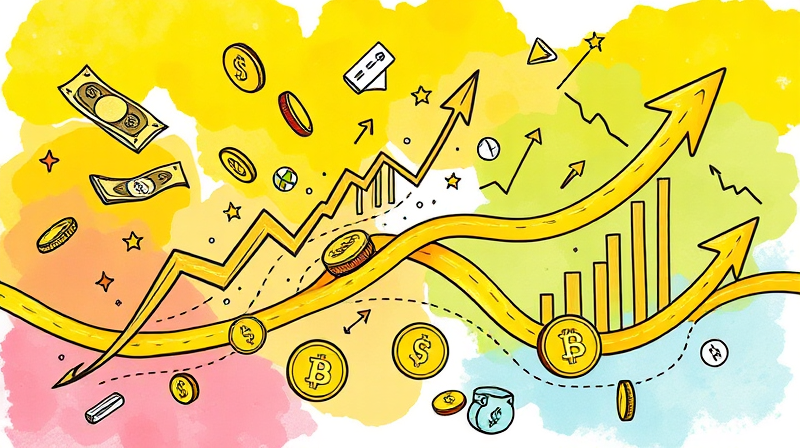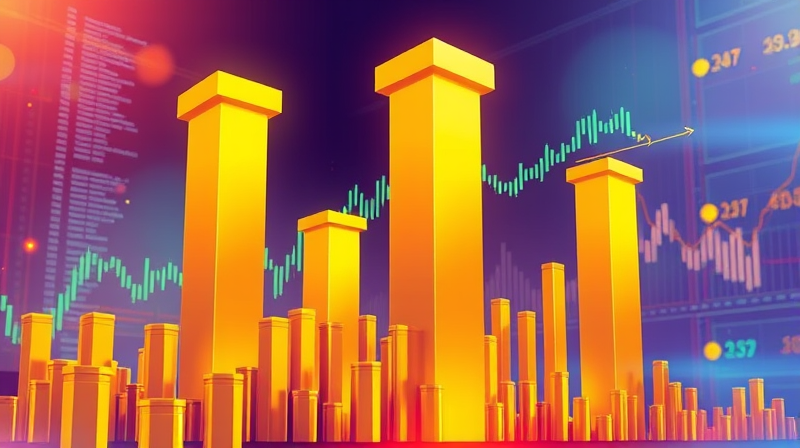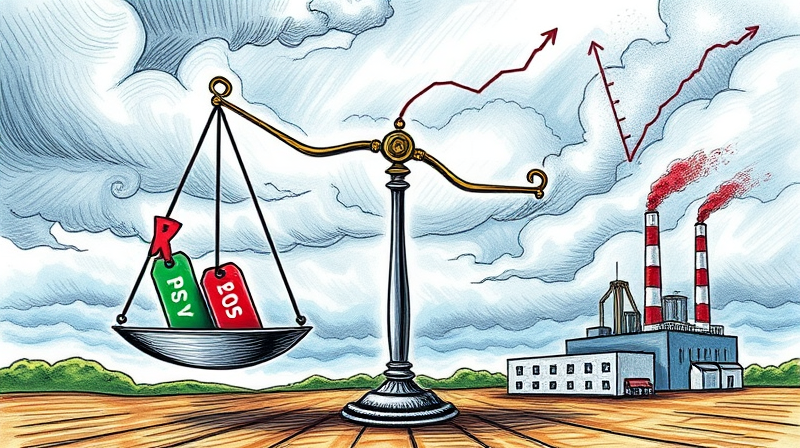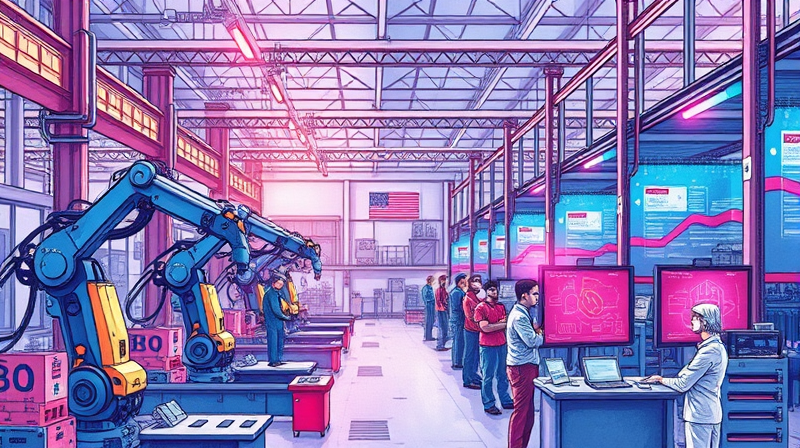
As 2025 advances, China’s highly anticipated post-pandemic rebound has failed to gather the speed many observers expected. Despite official assurances and targeted policy measures, the recovery exhibits persistent structural weaknesses and cautious spending across key sectors. Examining economic data, government interventions, and global pressures reveals the complex forces damping headline growth, even as some areas show signs of resilience.
At the core of the narrative lies the government’s unwavering GDP growth target of 5 percent for 2025, mirroring last year’s goal. Unlike market-driven economies, China’s approach treats the target as an “input” to be achieved through deliberate policy levers—masking the actual momentum generated by businesses and consumers. Although leading banks initially forecasted 4.6 to 4.8 percent, official figures later aligned with the 5 percent mark, thanks to calibrated fiscal and monetary maneuvers.
Yet beneath these headline numbers, underlying activity tells a different story. Factory output and exports remain under pressure, while retail sales and services have shown only moderate improvement. This uneven performance points to a dual-speed recovery with uneven performance that leaves policymakers grappling with competing priorities and limited policy bandwidth.
Recent data from May 2025 underscore the mixed nature of the rebound. Manufacturing growth has decelerated, deflationary pressures persist, and youth unemployment, though improving, still exceeds pre-pandemic norms. A glance at the key indicators reveals both bright spots and troubling trends:
To bridge the gap between aspiration and reality, Beijing has rolled out targeted support measures. Interest rates on personal loans are at record lows after state guidance urged banks to loosen credit. At the same time, the fiscal deficit has risen to 4 percent of GDP, up from 3 percent last year, signaling a willingness to deploy more resources while still holding back from past large-scale stimulus efforts.
Key relief measures include a roughly $41 billion trade-in program for consumer goods, modest increases in old-age and healthcare subsidies, and directives for new infrastructure lending. Yet many analysts view these steps as insufficient to drive a broad-based recovery. They point to limited fiscal stimulus and tight credit as a core challenge—government outlays have been carefully calibrated to avoid overleveraging public finances, but this restraint also constrains demand.
As policymakers champion consumption as the “No. 1 priority,” progress has been uneven. The service sector—hotels, tourism, online retail—has outperformed manufacturing and real estate. Yet consumer confidence remains fragile, held back by memories of the housing market crash and lingering youth joblessness. In contrast, high-tech manufacturing and green-energy projects see steady investment, reflecting the state’s strategic tilt toward robust consumption and weak industry rebalancing.
Real estate continues to cast a long shadow. Local governments, reliant on land sales for revenue, grapple with significant shortfalls. Property investment and new home sales remain subdued, preventing the wealth effect that typically spurs household spending. As a result, many middle-class families remain on the sidelines, hesitant to take on new debt or make big-ticket purchases.
The US tariff regime has eroded China’s export competitiveness in key Western markets, prompting a strategic pivot toward the EU and ASEAN. While trade flows to these regions have partially offset losses, the adjustment remains imperfect. Uncertainty over future tariff escalations has led to a cautious policy stance with reserve funds, preserving fiscal ammunition for potential escalations in the global trade environment.
At the same time, rising global tensions have intensified efforts to secure supply chains and develop domestic capabilities in semiconductors, batteries, and renewable energy. These long-term investments promise future growth but do little to revive demand immediately.
Looking forward, China faces a delicate balancing act. If authorities tilt too heavily into infrastructure-driven investment, debt levels could surge, exacerbating future risks. Conversely, a restrained stimulus approach risks letting growth slip below the official target and undermining consumer and business confidence.
Key risks include a prolonged real estate downturn, renewed deflationary pressure, and potential external shocks such as new trade barriers or geopolitical flare-ups. Nevertheless, consumption-led segments and strategic technology projects may sustain moderate growth, provided policymakers can shore up sentiment and avoid abrupt shifts in tone.
In sum, China’s 2025 reopening is a story of measured progress against a backdrop of headwinds. While headline targets may be met through policy intervention, true underlying momentum remains elusive. The interplay of fiscal restraint, structural reform priorities, and external uncertainties suggests that the road ahead will require careful navigation, creative policy design, and, above all, patience.
References













